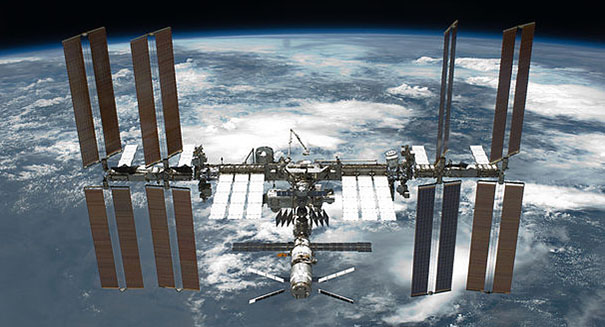
Expandable habitats will expand man kind's habitat - past planet Earth that is.
NASA and Bigelow Aerospace have teamed up to launch an expandable habitat to the International Space Station this year. The recent innovation is called the Bigelow Expandable Activity Module, or BEAM. The module departs from traditional rigid metal structures and makes use of more lightweight and compact materials. When it is packed up, it will only be 8 feet in diameter.
Once the BEAM arrives at its destination, the International Space Station, and undergoes hardware validations, the module will be deployed. It will be attached to the space station’s Tranquility Node and will provide an additional 565 cubic feet of volume to the station, accessible by the astronauts. It is about the size of a large family tent.
Expandable habitats could very well be a key component in mankind’s future of space exploration and habitation. They can dramatically increase the volume of working space accessible to astronauts and provide us options for space travel and space habitation on other worlds, as well as in low-Earth orbit commercial use.
“We’re fortunate to have the space station to demonstrate potential habitation capabilities like BEAM,” said Jason Crusan, director of Advanced Exploration Systems at NASA Headquarters in Washington. “Station provides us with a long-duration microgravity platform with constant crew access to evaluate systems and technologies we are considering for future missions farther into deep space.”
NASA plans to vastly expand the scope of human’s involvement in space over the next decade, and expandable habitats like these will most likely be the way of the future.
Leave a Reply